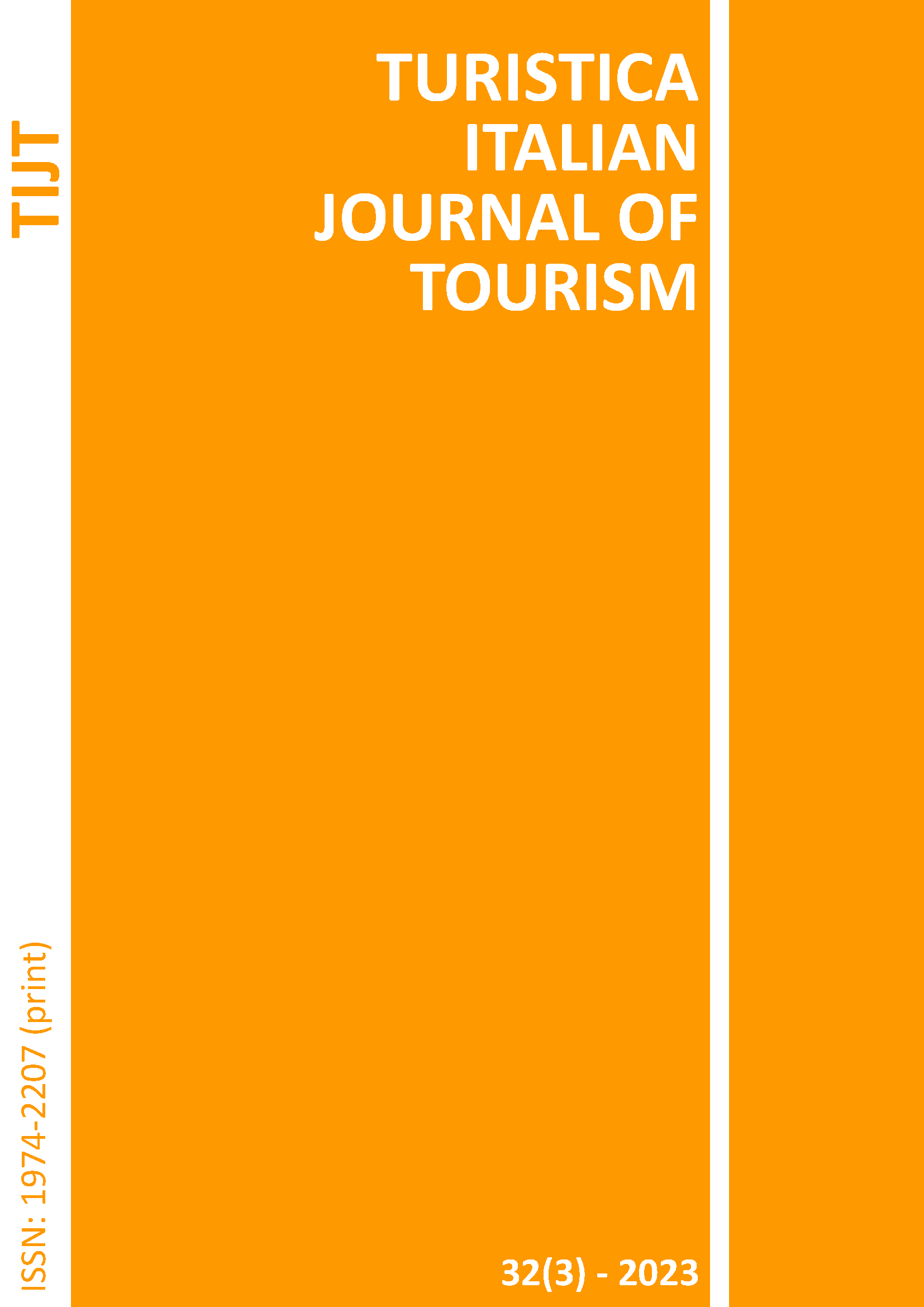Sustainable Tourism Intentions: Extending the Theory of Planned Behavior
DOI:
https://doi.org/10.70732/tijt.v32i3.28Keywords:
sustainable destination image, sustainable tourism intention, environmental awareness, tpb, sustainabilityAbstract
In recent years, there has been a notable shift in people's attitudes towards the environment, with an increasing emphasis on seeking out sustainable and eco-friendly destinations for their travel experiences. This evolving mindset has given rise to the pressing need for destinations to position themselves as a sustainable option. As the demand for services that prioritize sustainability continues to rise, the concept of a sustainable destination image has emerged as a pivotal marketing strategy to attract environmentally conscious tourists. This study employs the Theory of Planned Behavior (TPB) to delve into tourists' intentions toward sustainable tourism. investigate the sustainable intentions of tourists, a quantitative study has been conducted in Naples (Italy) with a sample size of 503 participants, including both Italian and foreign tourists. The SmartPLS tool was used to evaluate the measurement and structural models using the partial least squares structural equation modelling method (PLS-SEM). After evaluating the model, the research hypotheses are tested to measure the influence of Sustainable Tourism Intentions. This research makes a significant contribution to the Theory of Planned Behavior by introducing and integrating two innovative constructs: Environmental Awareness (EA) and Sustainable Destination Image (SDI). By incorporating these elements, this research sheds light on these factors' critical role in shaping sustainable tourism intentions. The study explores the relationship between sustainable tourism and tourist behaviors, advocating for a collaborative approach between governments and service providers to promote sustainability, with destination image playing a pivotal role in shaping tourist behavior. Governments can drive positive change through regulations and incentives for eco-friendly practices. Prioritizing a sustainable destination image is essential for attracting environmentally conscious tourists, who increasingly seek eco-friendly destinations.
Downloads
Published
Issue
Section
Categories
License
Copyright (c) 2024 Simone Luongo, Eleonora Napolano, Kanwal Gul

This work is licensed under a Creative Commons Attribution-NonCommercial-NoDerivatives 4.0 International License.
Turistica - Italian Journal of Tourism applies the Creative Commons Attribution (CC BY) license to everything we publish. Developed to facilitate Open Access, this license lets authors maximize the impact or their research by making it available for anyone, anywhere in the world to find, read and reuse. Under this license, authors agree to make articles legally available for reuse, without permission or fees, for virtually any purpose. Anyone may copy, distribute, or reuse these articles, as long as the author and original source are properly cited.

